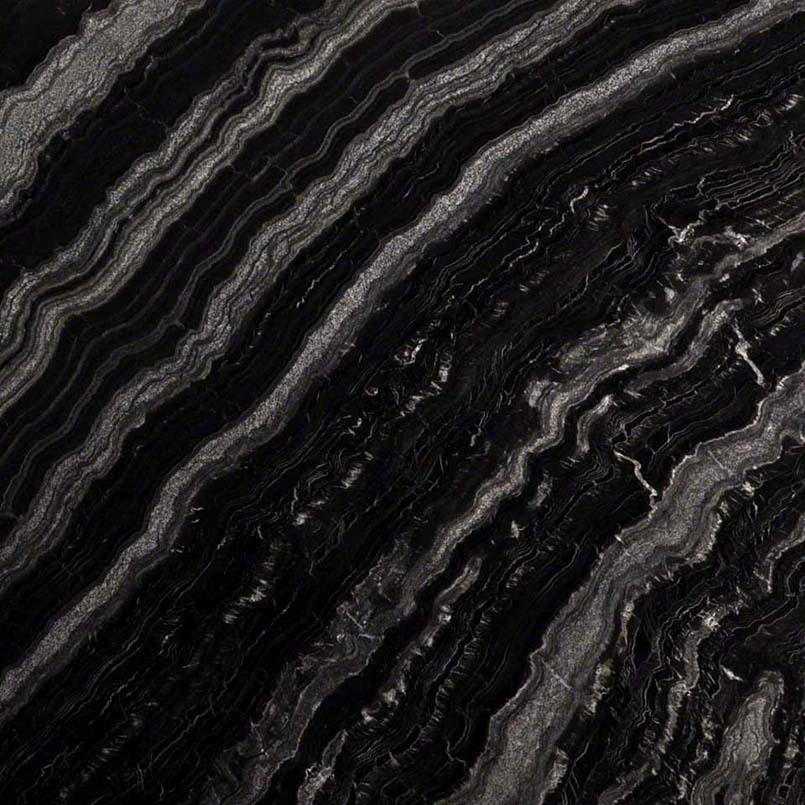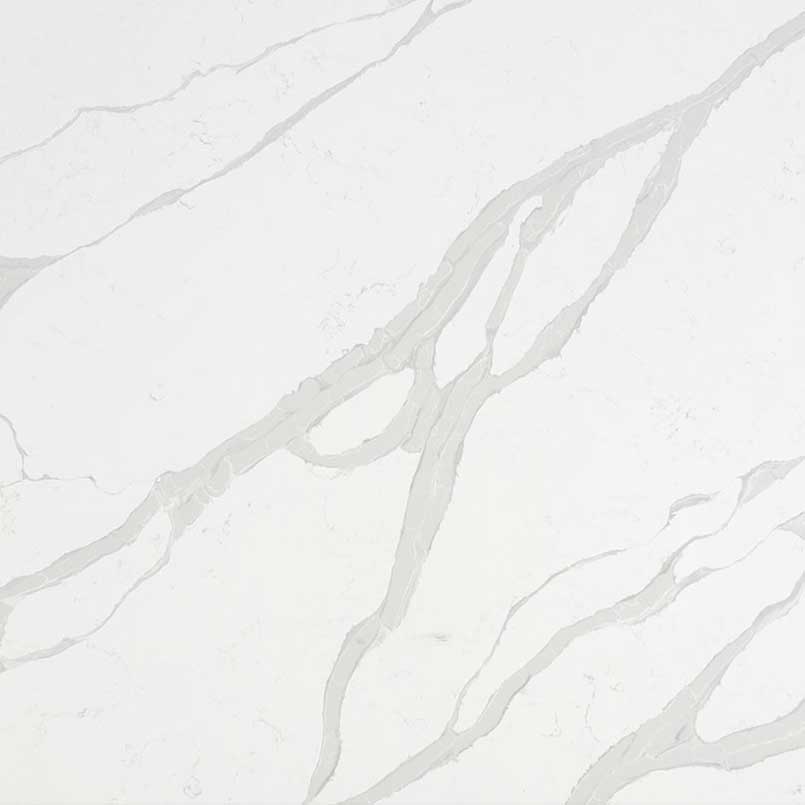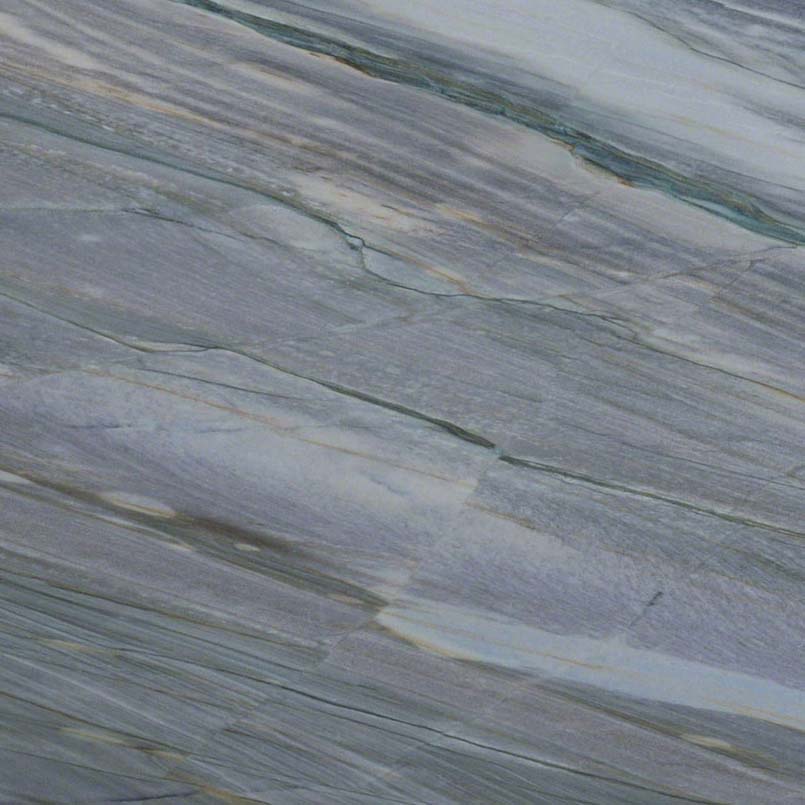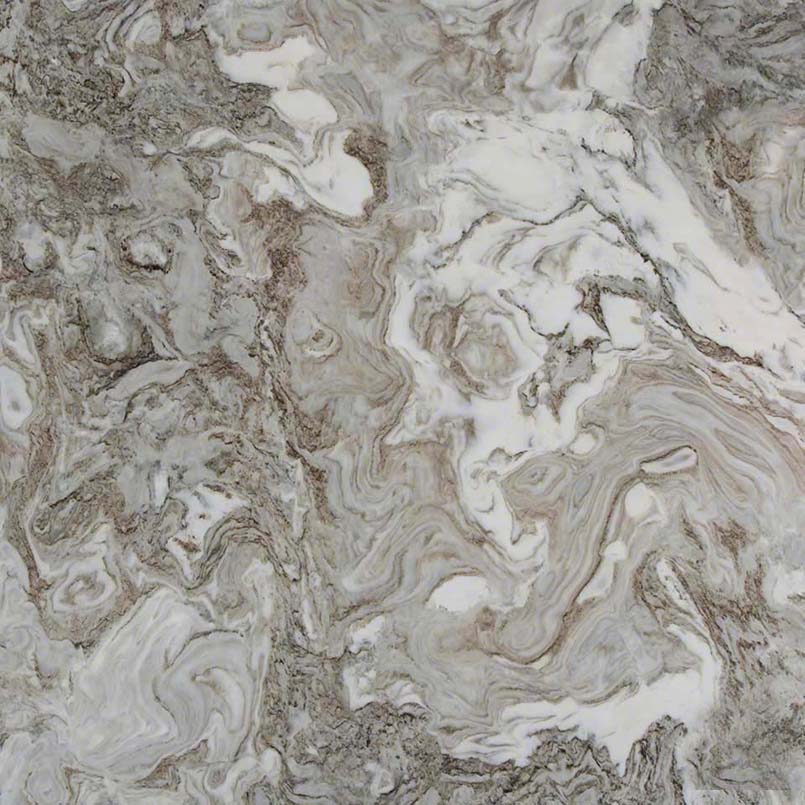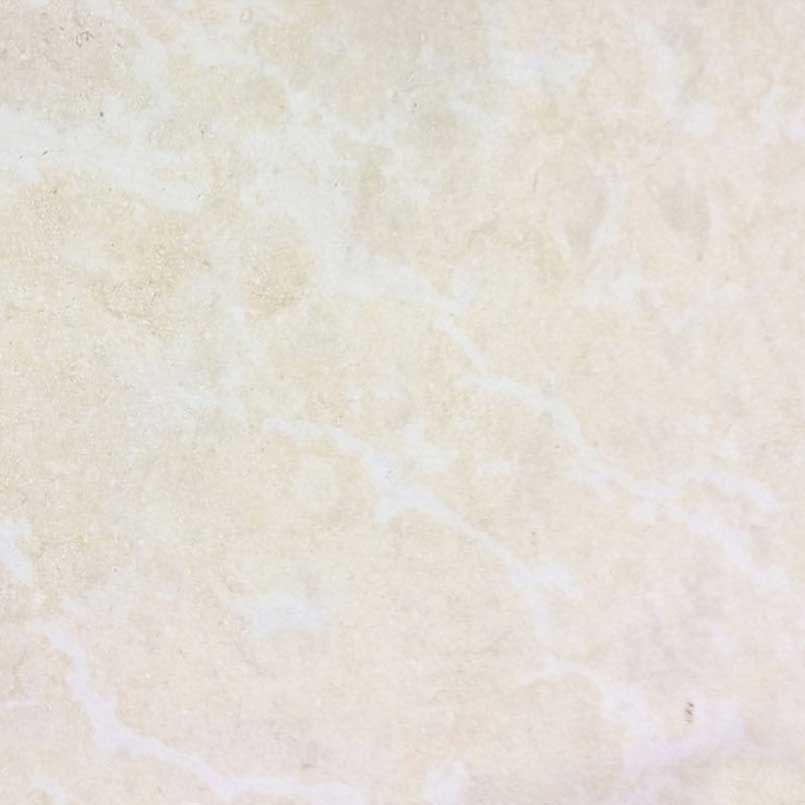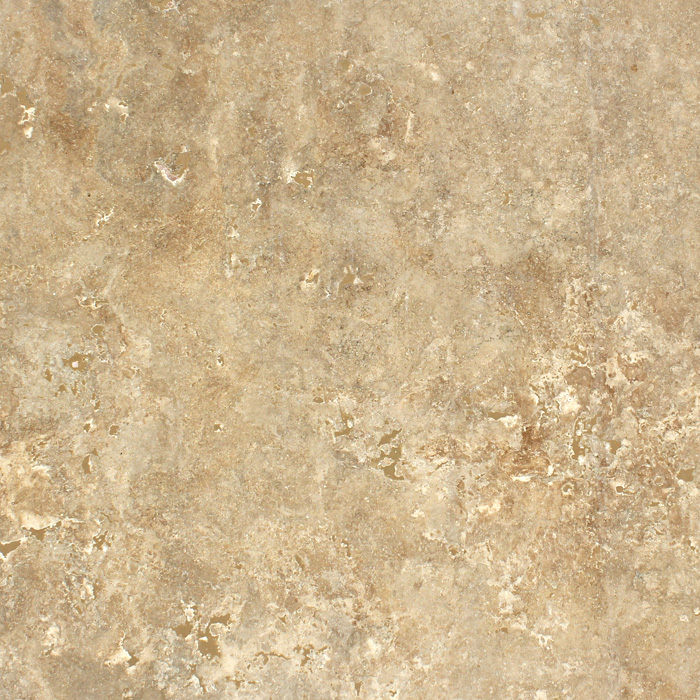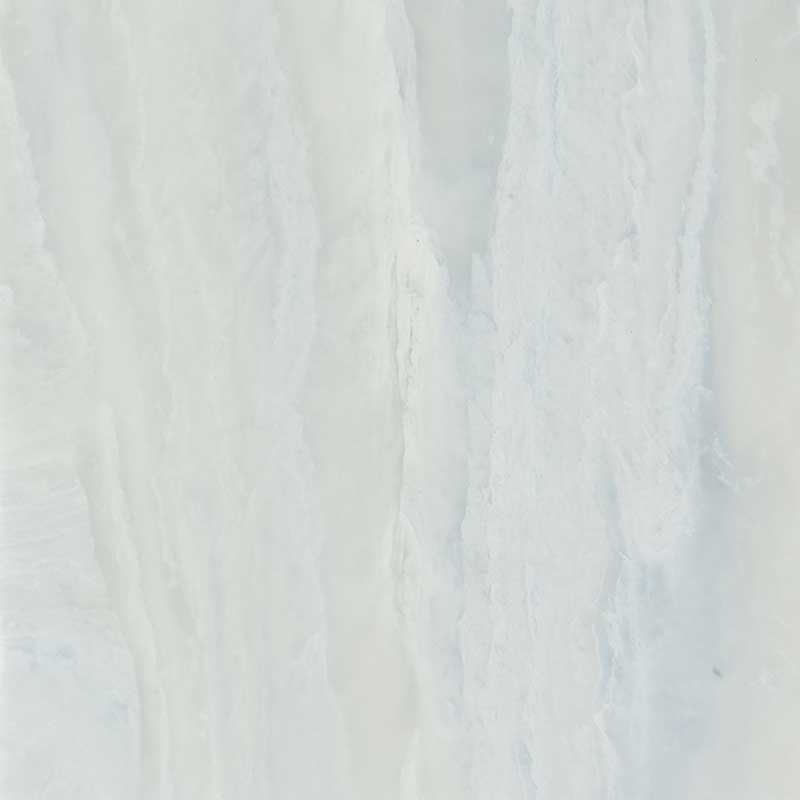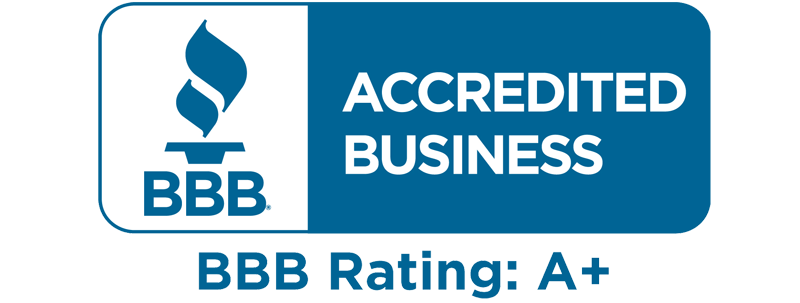Stone Countertop Materials
Choose the Best Material for Your Solid Surface Countertop
Granite
Granite is the #1 chosen surface for countertops in the US and has been for many years. This natural stone is becoming more affordable than it has been in the past. It is supplied in an abundance of color choices and there are no two identical slabs. Our suppliers in the Kansas City area can transport granite slabs from quarries all over the world (i.e. USA, Egypt, India, Brazil, Italy, Canada, etc.). The level of maintenance and price depends on which color is chosen. It also depends on where the granite was mined and how difficult it was to transport.
There are many advantages to granite, which include:
- Considered the hardest natural stone
- Durability
- Heat resistant (not heatproof)
- Scratch resistant (not scratch proof)
- Increasing surface finishes (i.e. polished, honed, leathered, etc.)
- Learn more about granite here.
Quartz – Engineered Stone
Often times quartz can be confused with quartzite. Quartz is an engineered stone that is man-made through the process of bonding together resins and compressed natural stone. The slabs are produced in factories unlike granite, which is mined. It is also one of the hardest materials on earth and sometimes considered the most durable. Please keep in mind that if quartz is scratched, repairing the scratch is practically impossible. This stone can be supplied in an abundance of colors as well as granite. Quartz is increasing in popularity and it is now considered to be the #2 choice of surface for countertops. The pricing of quartz is dependent on the color choice and also the pricing is competitive with granite if not more expensive.
Some of the advantages to this stone include:
- Stain resistant (not stain proof)
- Impact resistant (not impact proof)
- Can contain various other natural elements in the material (i.e. recycled glass, metallic flecks, etc.)
- Do not need to be sealed
- Increasing surface finishes (i.e. honed, sandblasted, embossed, and polished)
- Antimicrobial (binding resins prevent mold, mildew, and any other bacteria from pervading the surface)
- Learn more about quartz here.
Quartzite – Pure Quartz
Quartzite is not as common as quartz and granite. Some drawbacks to quartzite include: limited supply, the price is usually more expensive, etching can occur, and there are not as many color options (normally white, grey, and various shades of pink and red).
However, this material will give a kitchen/bathroom a look of its own. Quartzite is mostly mined in the USA and Canada. It is has been utilized in various construction forms such as railway track ballasts, roofing tiles, stone tools, stair steps, and road construction for many years. It has only recently made its way as a countertop material.
Advantages to quartzite include:
- Heat resistant
- Stain resistant (not stain proof)
- Durability
- Learn more about quartzite here.
Marble
Marble has been known to scratch and stain easily and that is due to it being a softer stone. Many acidic foods and liquids (i.e. juices, vinegar, wine, fruits, etc) can stain the stone quite easily and the stains are almost impossible to get out. The price of marble ranges from affordable to expensive depending on which color is chosen and how rare the marble. The availability of this material is common, it is normally stocked at our suppliers on a regular basis depending on which color.
Even though marble is not as common for a highly used kitchen/bathroom these days, here are some advantages to the stone:
- Can come in a honed or polished surface finish
- Aesthetically appealing
- Learn more about marble here.
Limestone
Limestone is normally sand or white color. It is mined in the USA, Canada, Brazil, Chile, and several other countries. Many would say that limestone gets better with age and is similar to marble. All natural stones have a unique origin to them but limestone seems to be in a class of its own. It is formed over time from fossils and seashells and shaped by marine organisms and sand. Limestone has some interesting uses such as a white pigment/filler in toothpaste and paints, chemical feedstock, and building material. Compared to granite, this material is not as hard. It can get etched and discolored easily. There is a little more maintenance that needs to take place for this stone, such as sealing every year and cleaning with a soft rag.
Some advantages to this stone include:
- Resistant to humidity
- Normally poultices can remove stains in limestone
- Cooler surface, which is good for baked goods and dough as they do not stick to the stone
- Develops character and patina over time
Travertine
Travertine varies in density and it is considered to be one of the most porous natural stones. Staining and etching can easily occur and it is highly recommended to use a protective sealer on a regular basis as the sealer will withstand stains and fill pores. It is also very important to research which sealer will work for travertine countertops because not ALL sealers will help protect the stone. This stone is normally installed where there is little to no traffic or use, normally they are installed for an aesthetic appearance. If it is installed in a kitchen or bathroom; mats, trays, baskets, coasters, etc will need to be highly valued. Travertine is tricky to fabricate and install due to the natural pits and spaces in the material.
Here are some advantages to this stone:
- Heat and moisture resistant (not proof)
- Available in many sizes
- Very stable – comparative to marble
- Aesthetically appealing
Onyx
Onyx is a more fragile material that is also rare because it is formed in caves by droplets of mineral water. Since it is more of a rarer stone, the cost can be expensive. This stone has a translucency that allows light to be shown through. It is mostly installed as bar tops or bar walls with lighting in the cabinets. The availability of colors ranges from reds and browns to greens and whites. Since onyx is more fragile, a fiberglass backing is used to help add durability. Even though this stone is visually appealing, it can etch and stain with acidic foods and liquids. If a scratch happens, there is not a way to buff/polish the scratch away. Seldom is this material used for kitchen countertops and more so installed as backsplashes, bar tops and walls, accent furniture, and any other surface/area where there is little-to-no traffic.
Advantages to onyx include:
- Aesthetically appealing
- Available in various colors
Soapstone
Soapstone is a natural stone that is quarried from America, Brazil, and Finland mostly. The talc in the stone creates a soft/soapy surface feel. This material does not come in many sizes (on average, no longer than 84”) and the seams can be more noticeable than granite or marble. It is nonporous and does not need to be sealed regularly, which means there is little-to-no maintenance. The colors range in many greys with undertones of green and blue and can have a wide range in veining. Mineral oil can be applied to darken the stone as well as enhance the veining. Often times, soapstone is installed as fireplace surrounds, kitchen/bathroom countertops, flooring, and outdoor bars since it can be resistant to weather and bacteria.
Some other advantages to soapstone include:
- Stain resistant (not stain proof)
- Heat resistant (not heat proof)
- Withstands acidic foods and liquids
- Naturally darkens over time
Midwest Marble & Granite Countertop Installation Service Area
Midwest Marble & Granite is located in Olathe, KS but provides expert quartzite countertop installation services to Overland Park, Lenexa, Shawnee, Leawood, Shawnee, and the entire Kansas City area.

